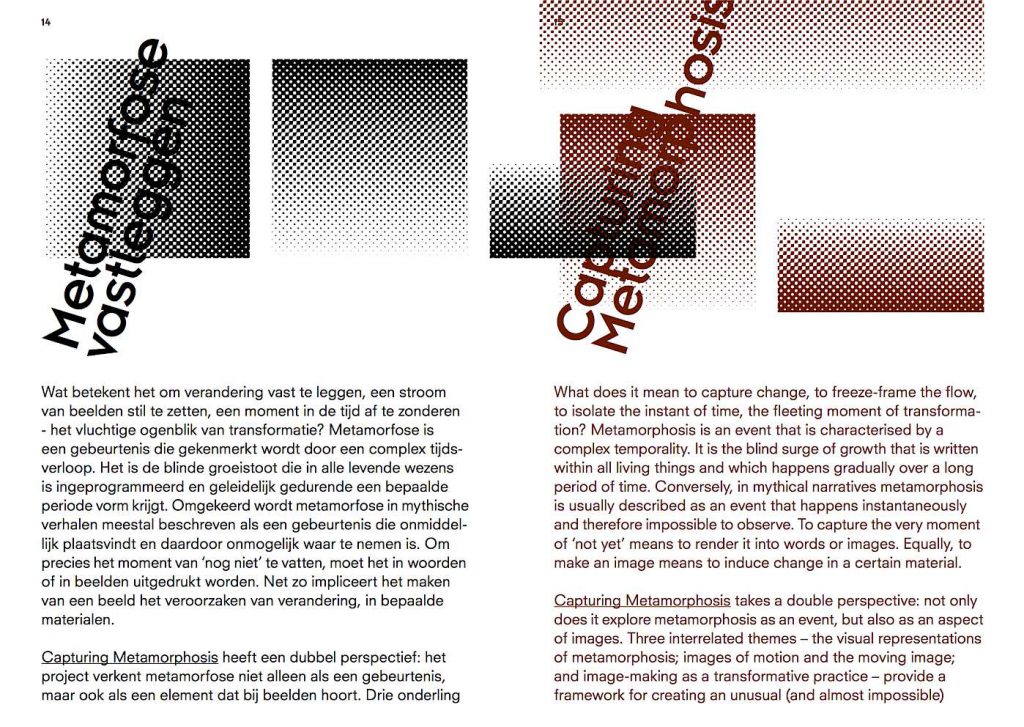Ancient artifacts, modern publications, the working archive of Jaap M. Hemelrijk, visiting school’s writing boards and other mixed media in Indian ink stained oak display cabinets.
Extract description from original proposal to museum:
As an artist I have been working with several museum collections, both modern and antique. The collection itself, its maintenance, infrastructure and viewing public are of interest to me. With the Allard Pierson museum I would like to make this interest very evident, to create a kind of cross-section of the museum; – a profile.
I plan to make informal connections between various aspects of the museum, including fragments as well as contemporary objects revealing something about the nature of a ‘living museum’. The display will be shown in formal cabinets, and is intended to have the quality of a detective novel, revealing each set of objects as quasi-related, as if there were a crime of sorts. The connections themselves are often quite superficial. This is an intended shift on the process of representing objects of supposed significance, a reflection on what are obviously subjective histories. It is also in the context of metamorphosis my hope to illustrate an ease of transportability, – of motion across media, – of motion through time, and inevitably a process of change.
1) Shards of a cup, boasting the stamps of prices and previous ownership
APM # 2295
“Head of boy to left, wrapped in himation”.
Rim fragment of Attic red figure cup, Penthesileia Painter, Athens ca 450 BC
Previous collections: Coll. Arndt (Munich) nr. 8251, Coll. Hartwig (Rome)
APM # 2296
“Youth to right bending far forward.”
Rim fragment of Attic red figure cup, Penthesileia Painter, Athens ca 450 BC
Previous collections: Coll. Arndt (Munich) nr. 8252, Coll. Hartwig (Rome)
2) The original shards age (450 BC), as denoted by one Austrian postage stamp
for every year of existence
Found ceramic shard carrying 2550 Austrian postage stamps
3) Two vase handles, also carrying stamps of previous ownership.
Both bear the ivy leaf motif – a symbol of Bacchus/ Dionysius and hence wine and indulgence
APM # 4694
Ear/handle of large vase
Tarente 4th c. BC
Previous collection: Coll. Arndt (Munich)
APM # 2419
Half of horizontal triangular handle of drinking vessel with ivy leaf on the tip (top of the far end)
Athens 400-350 BC
Previous collections: Coll. Arndt (Munich), Coll. Wolters nr. 254
4) Etruscan vases, assembled by the paraplegic son of a wine merchant
A well known wine merchant, ran a store in the Utrechtestraat of Amsterdam, where he sold the wine he imported mostly from the region where he lived in Tuscany, Italy. The vessels are assembled by his paraplegic son, who, for the later part of his life, was surrounded by the many projects to reconstruct the items. The time consuming exercises were carried out in large numbers and with rare patience.
APM #17.069 Etruscan vessel, assembled Oinochoe (wine jug, decorated with impressed fans)
Bucchero pottery, 650-600 BC
APM #17.037 Etruscan vessel, assembled Oinochoe (wine jug, decorated with impressed fans)
Bucchero pottery, 650-600 BC
5) Re-assembled bottle of Tuscan wine, purchased on the same street where the wine merchant (father of the reconstruction hobbyist) originally ran his store.
Empty bottle of Tuscan wine, plaster, black pigment
6) Two books from the Allard Pierson Series,
left: by Wim Regter, an Etruscan specialist and writer on the specific assembly’s
by the paraplegic son of the wine merchant
right: by Jaap M. Hemelrijk, former director of the museum
Publication of museum: “Imitation and creation” – Wim Regter
Development of early Bucchero design at Cerveteri in the seventh century BC
Allard Pierson Series – Volume 15
Publication of museum: “More about Caeretan Hydriae” – Jaap M. Hemelrijk
Addenda et Clarificanda
Allard Pierson Series – Volume 17
7) The working archive of Jaap M. Hemelrijk, former director of the Allard Pierson Museum
Notes, binders, card cabinets and content (retrieved from the attic of the museum)
8) Ostraka, shard as formal and informal note pad:
In ancient Greece shards of pottery were in common use for the writing of notes. The name ‘Ostracon’ comes about as if residents were to elect a person to be expelled form the town (ostracized) they would do so means of the shard vote.
Observations of translation from this shard’s catalogue entry:
“It appears that this account, broken on every side, dealt with men, children (slaves?) and money. The left hand column has the ends of entries, with the amounts in drachmas and obels. The right column gives first a number, which is presumably a date.”
9) Clipboards for visiting school children:
These boards are available at the reception of the Allard Pierson Museum for the school children to press on, to make notes and the like, as they visit the museum collection. A type of modern ‘Ostacon’

